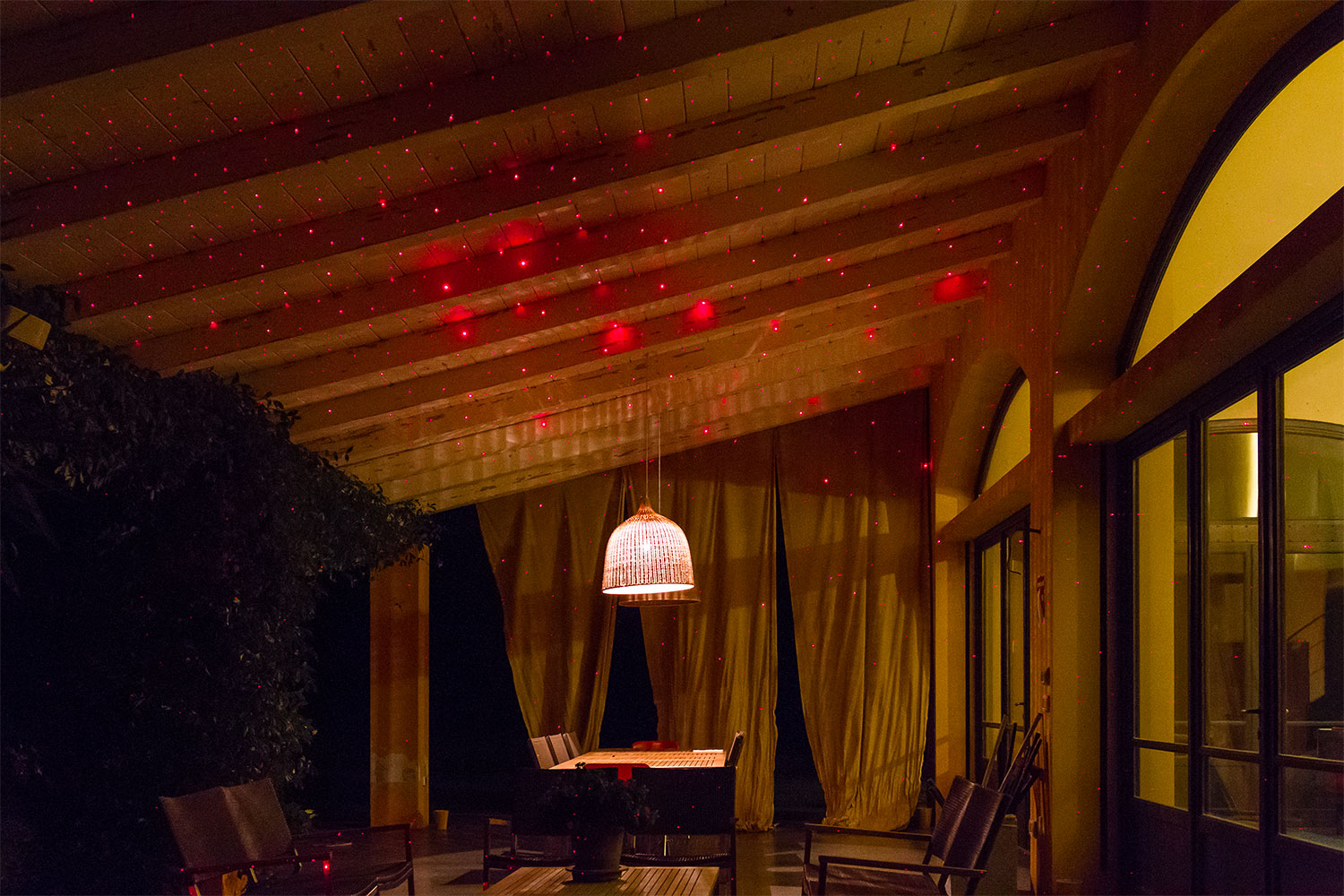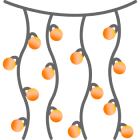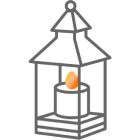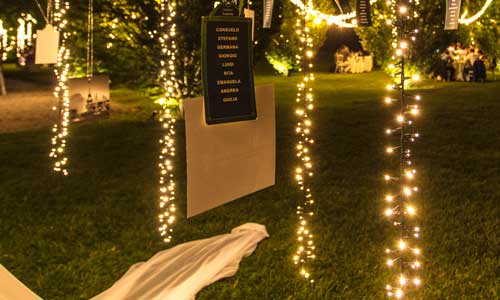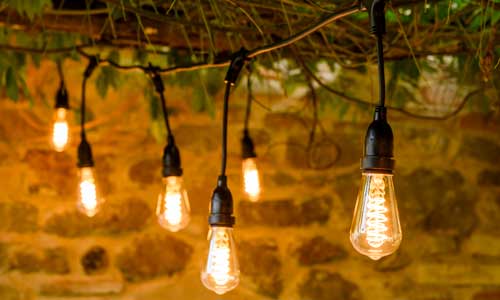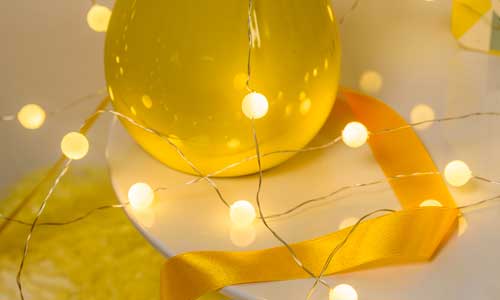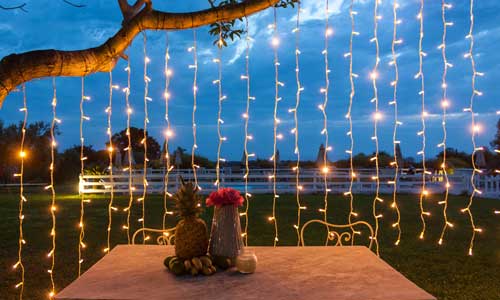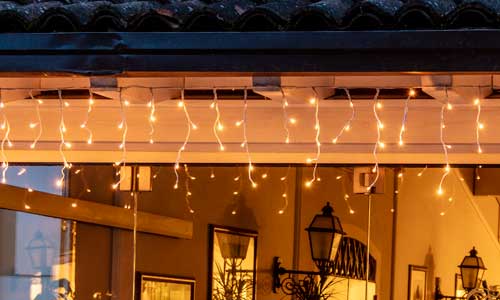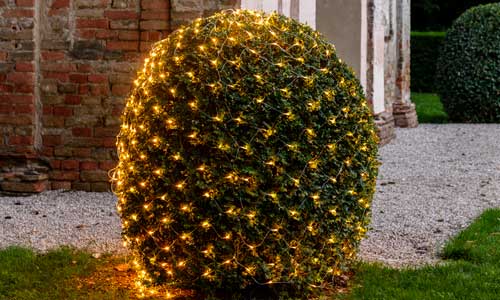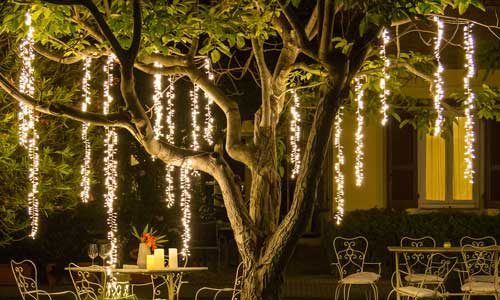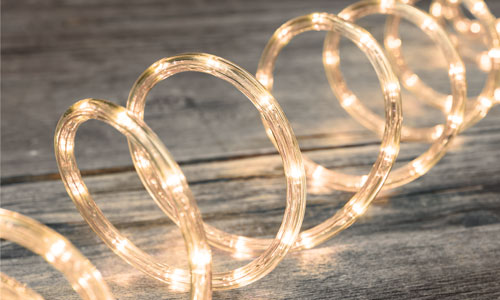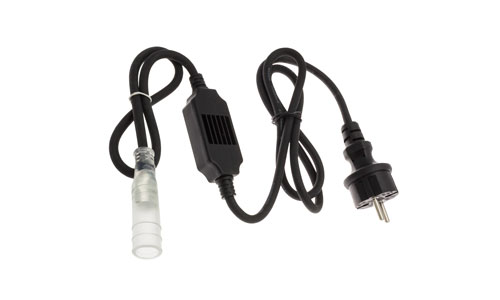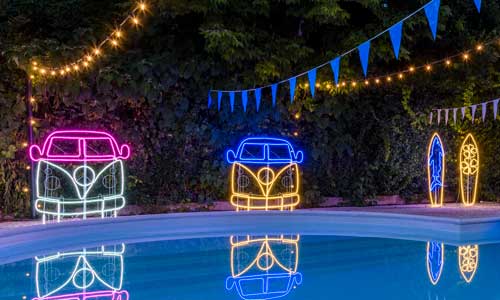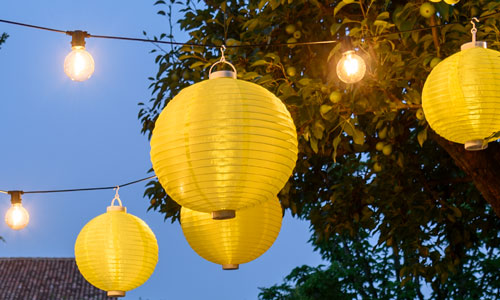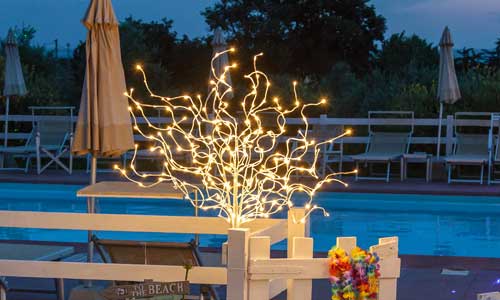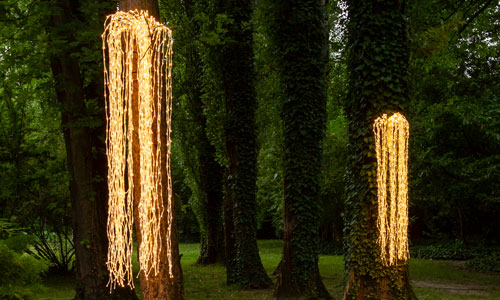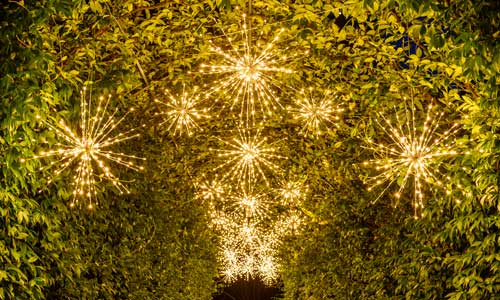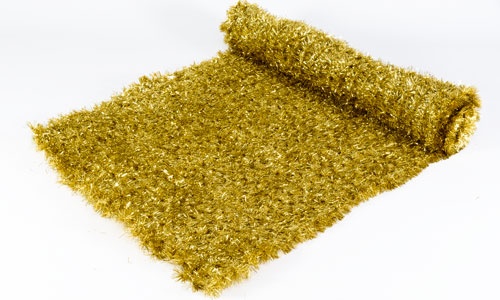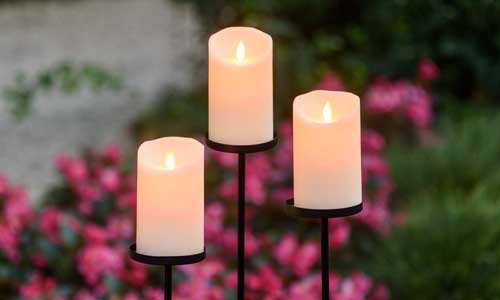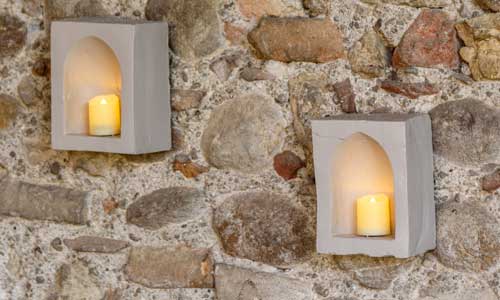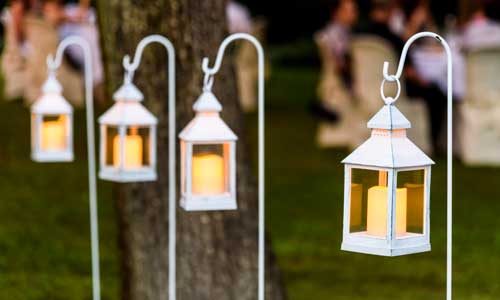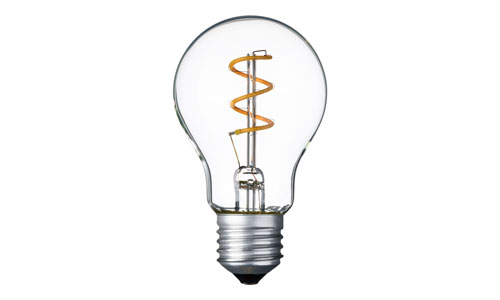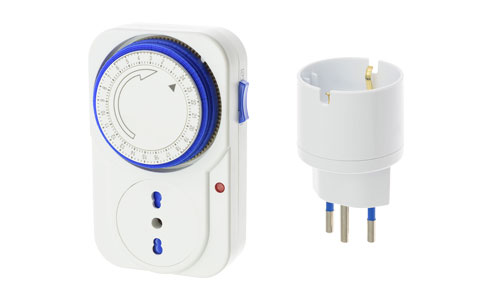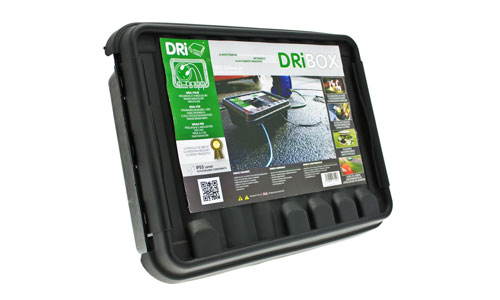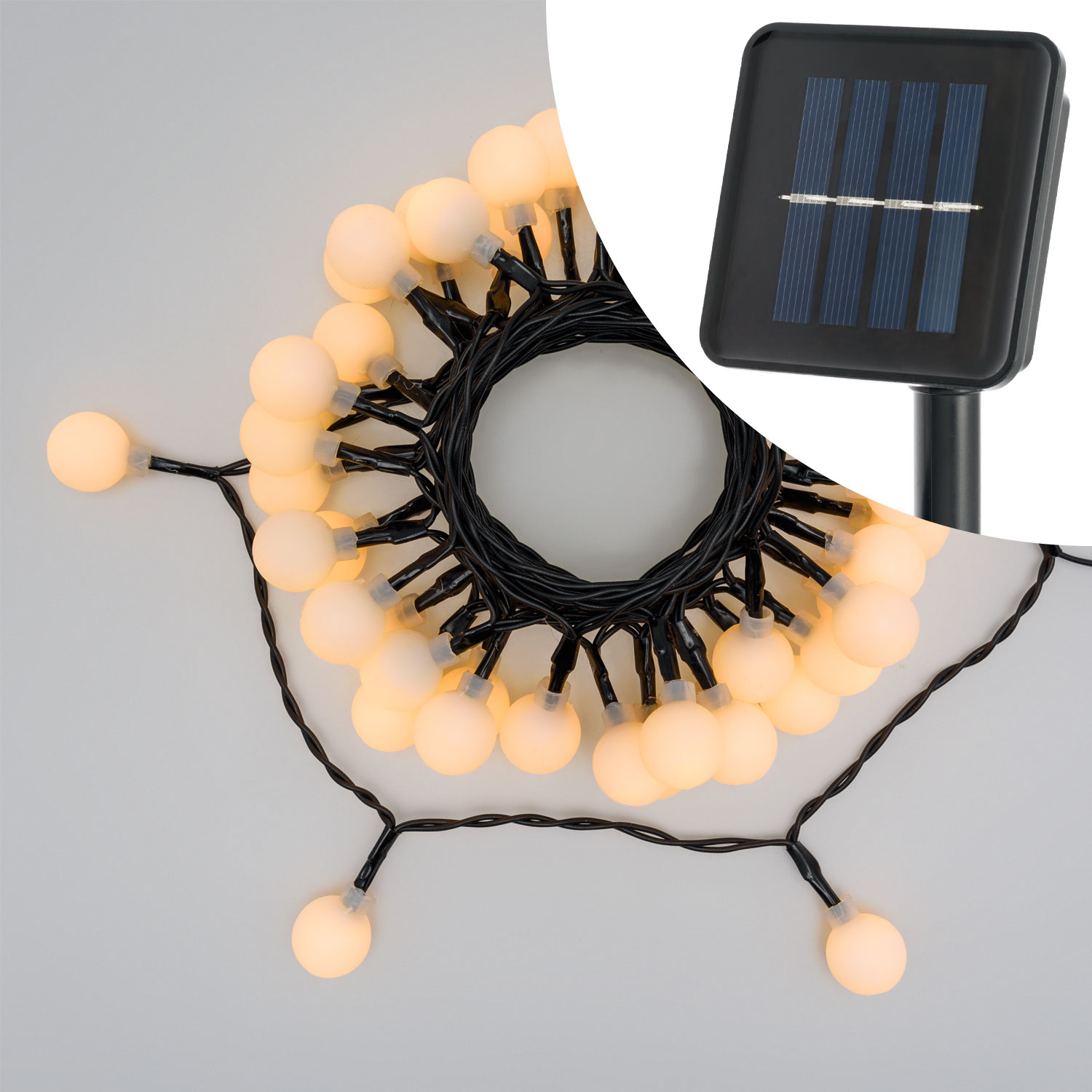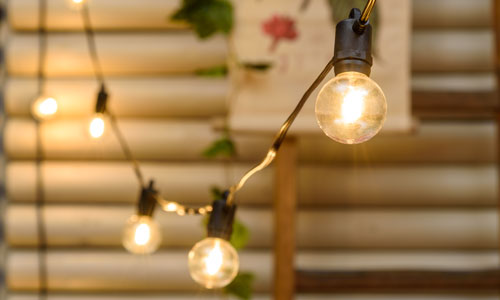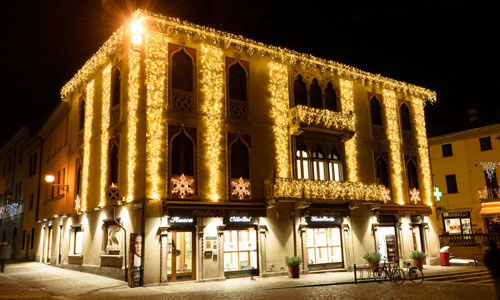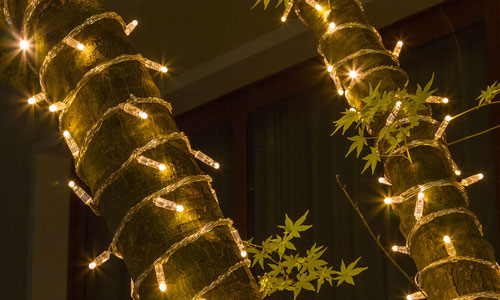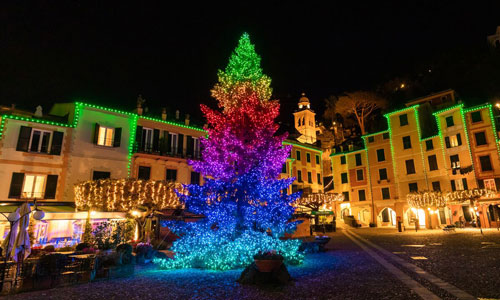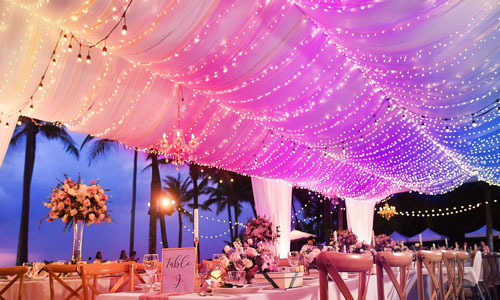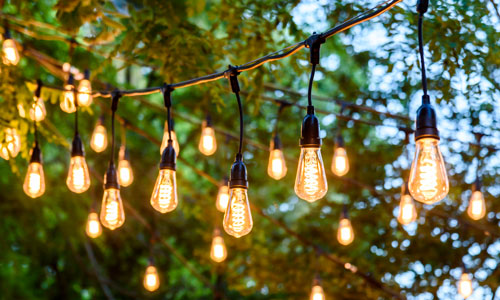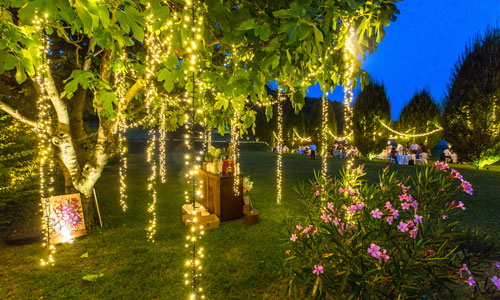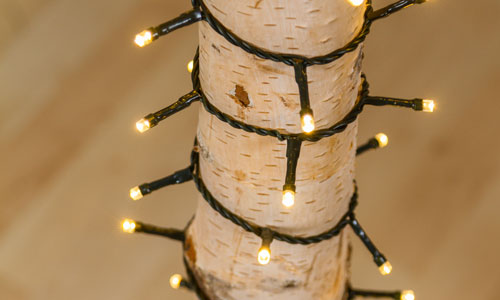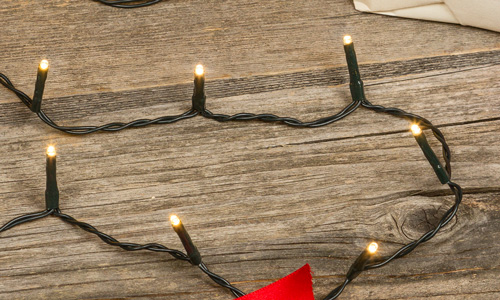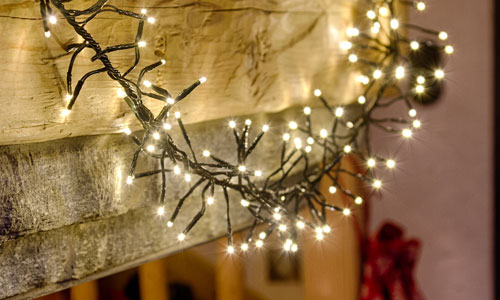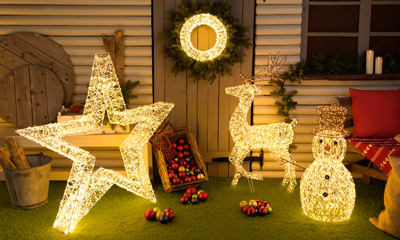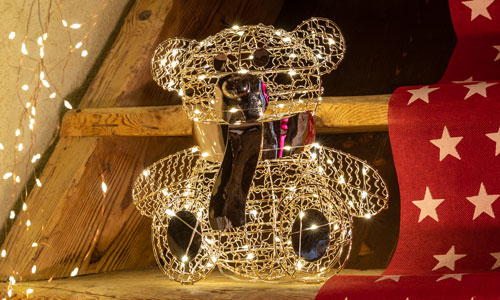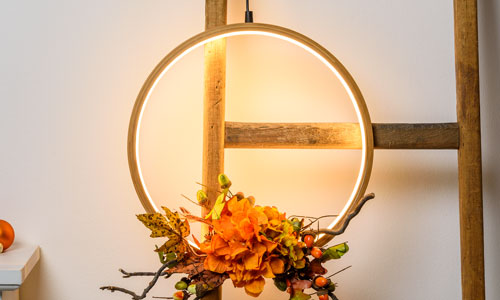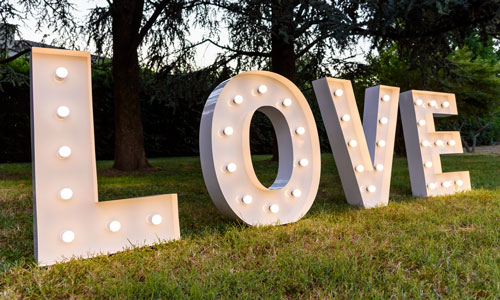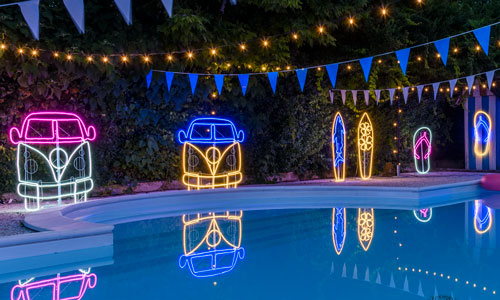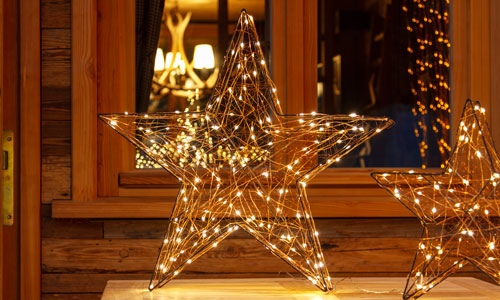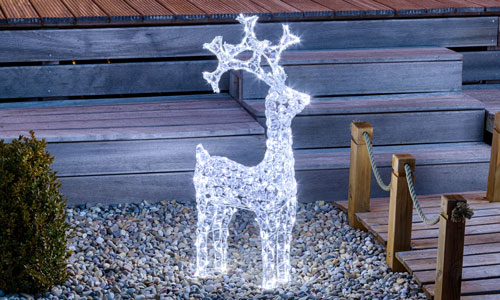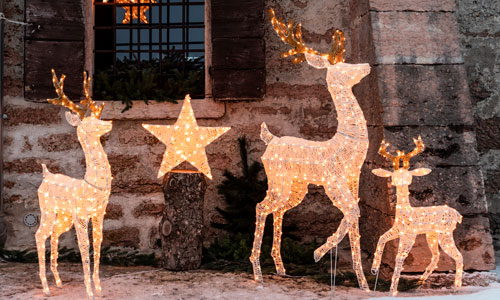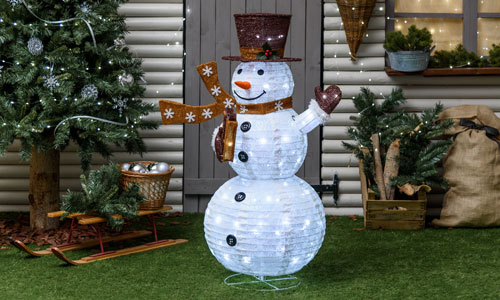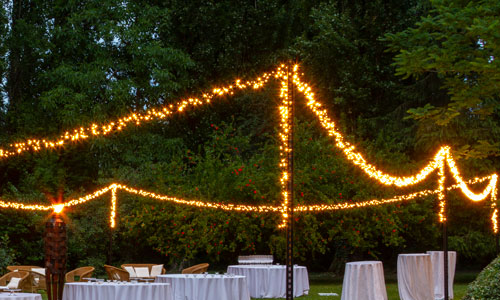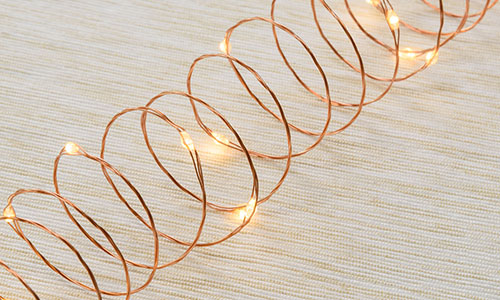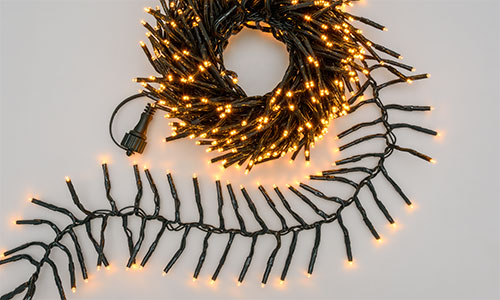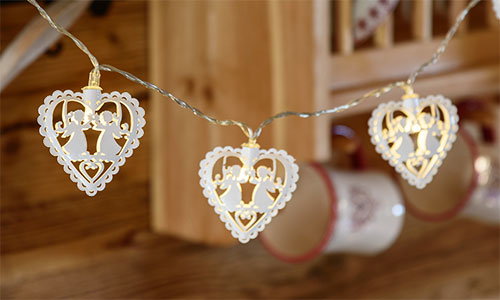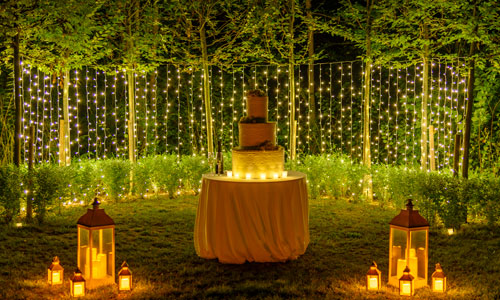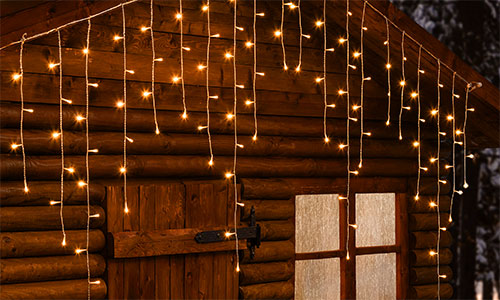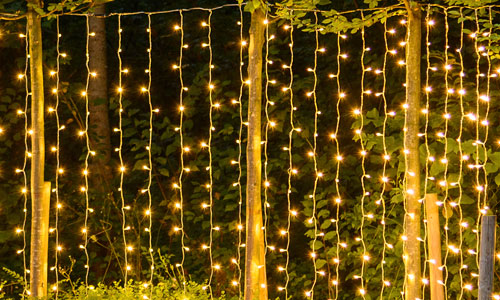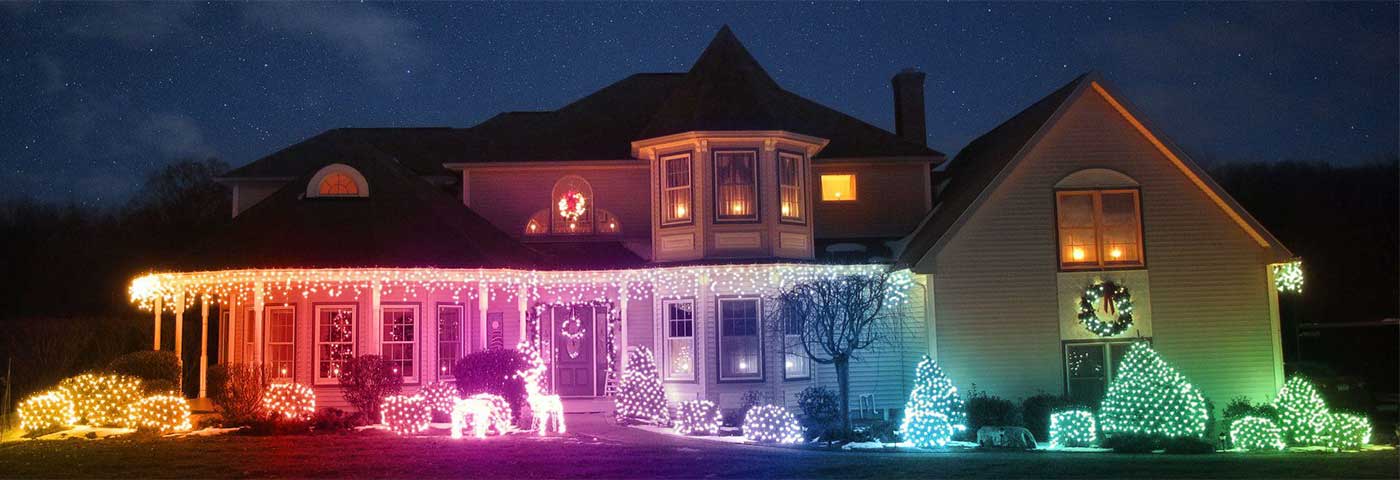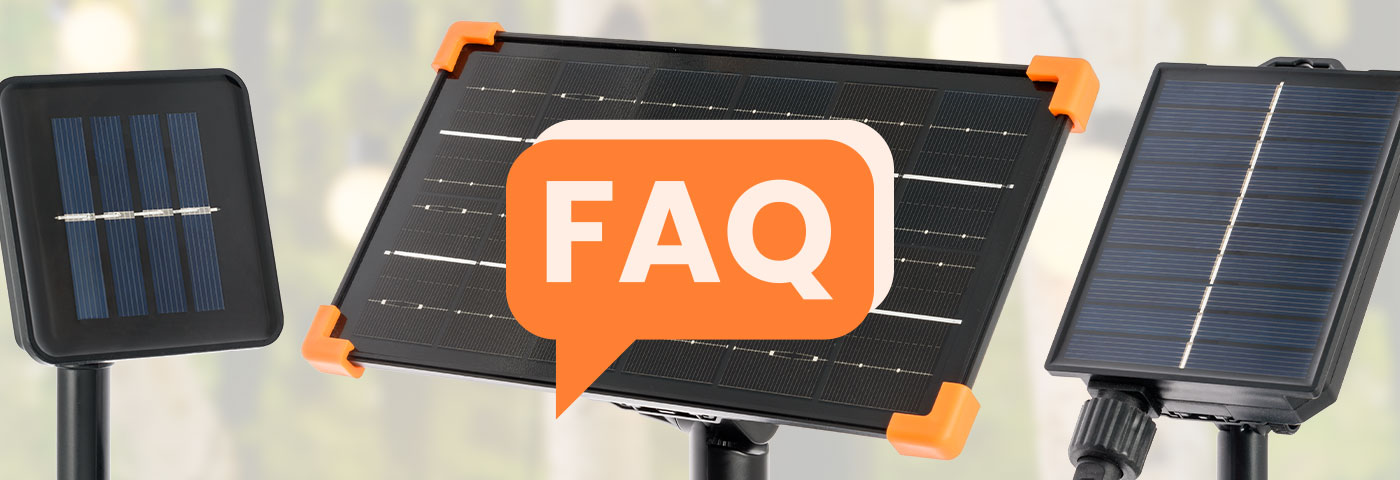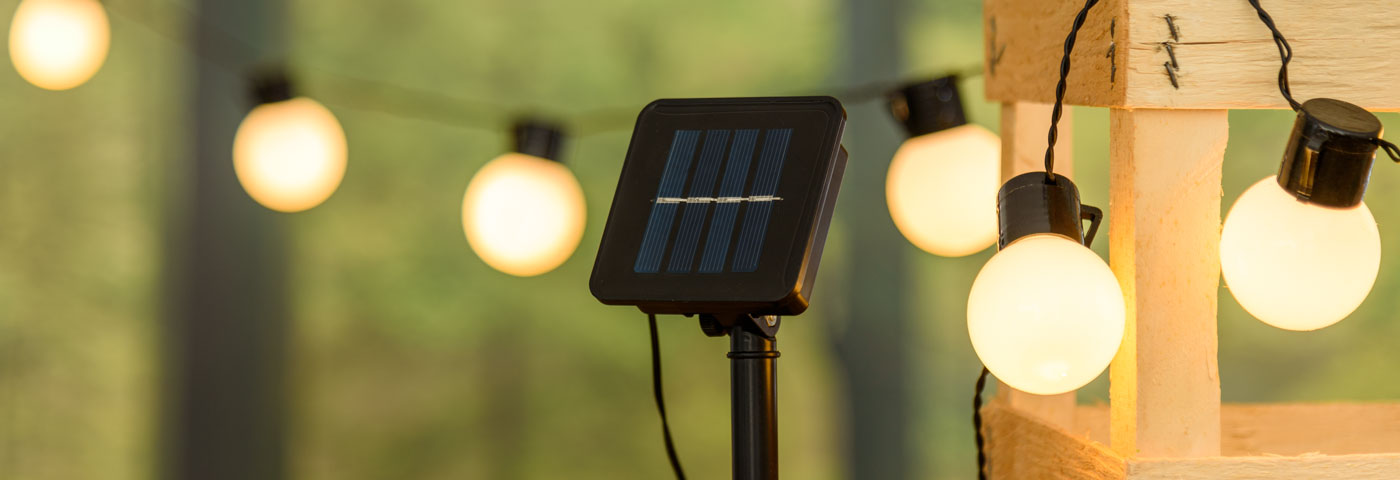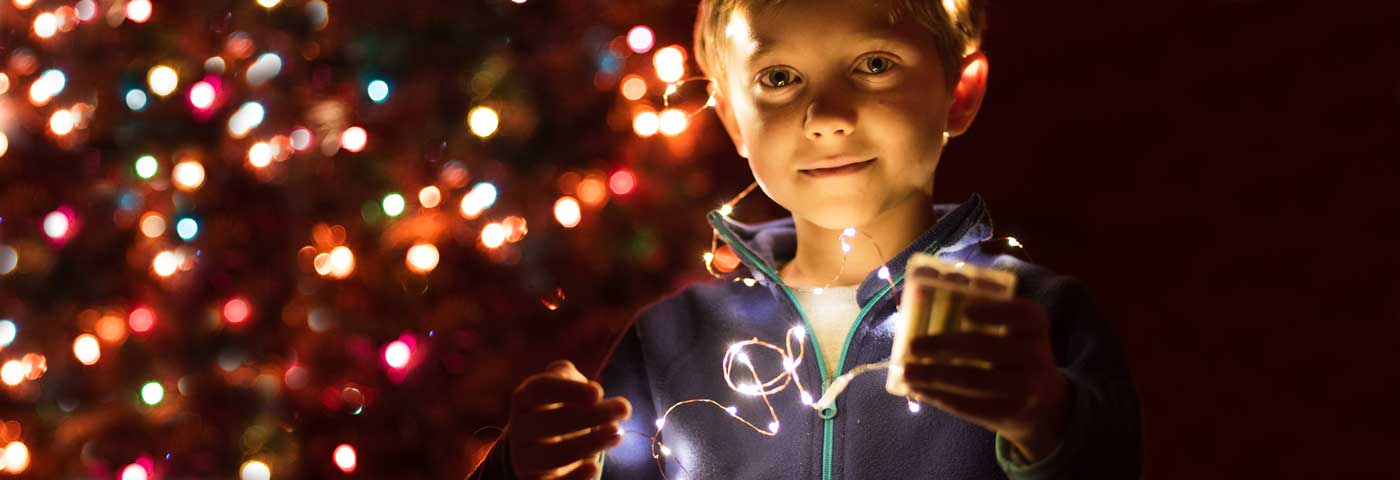5 things to know about LED and laser projectors
Find out how to use them and what conditions are required for optimal performance.
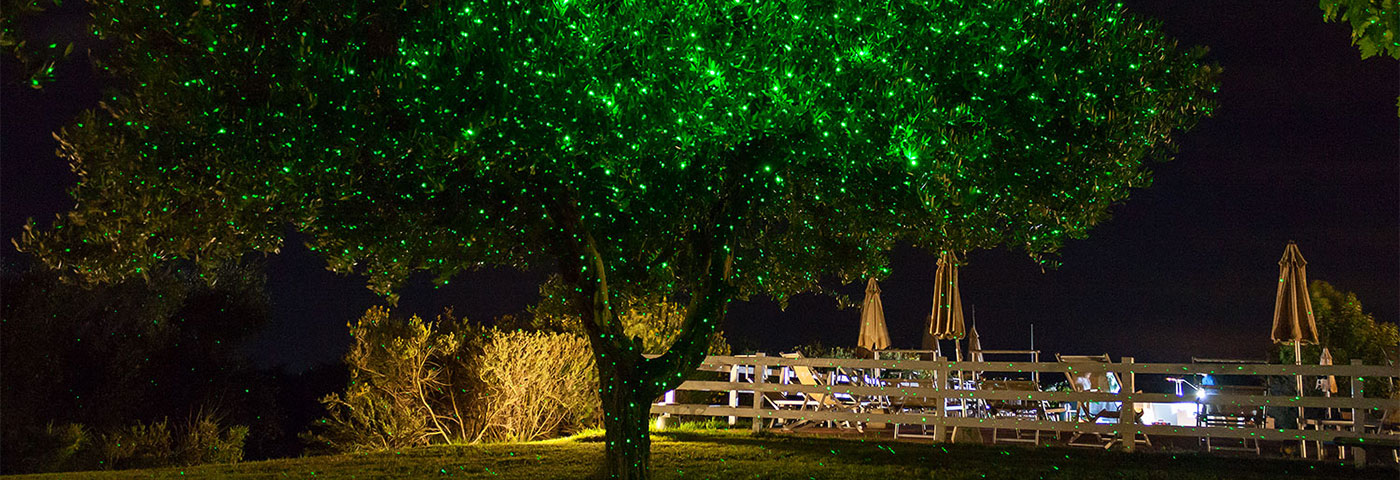
Date
04.09.2017
Reading time
5 min
Last year we all went crazy over the light projectors. Many of us have purchased an LED or laser projector to decorate and illuminate our home or garden during the Christmas holidays.
It was a new product on the market that intrigued and raised many expectations. Some were satisfied, others disappointed.
It is precisely our customers who have helped us with their questions to discover the potential and the criticalities, born sometimes from an improper use of decoration.
To answer the many questions we have been asked about how they work and to intrigue those who have not yet tried them we give you a few tips on how to use them for optimum performance.
1. Project on dark, unlit walls

The projectors in our catalogue are primarily decorative: the light output is limited but sufficient to decorate the walls of private homes and illuminate hedges and plants in your garden.
To get an idea of the light output of a LED projector, take the power consumption, expressed in watts, as a reference.
A consumption of between one and five watts indicates low power and brightness; the lower the consumption, the smaller the distance between the light source and the surface to be illuminated must be.
Darkness is in any case a fundamental and decisive element: project Christmas images or starry sky effect dots on exterior walls of the house that are not already illuminated by street lamps or spotlights.
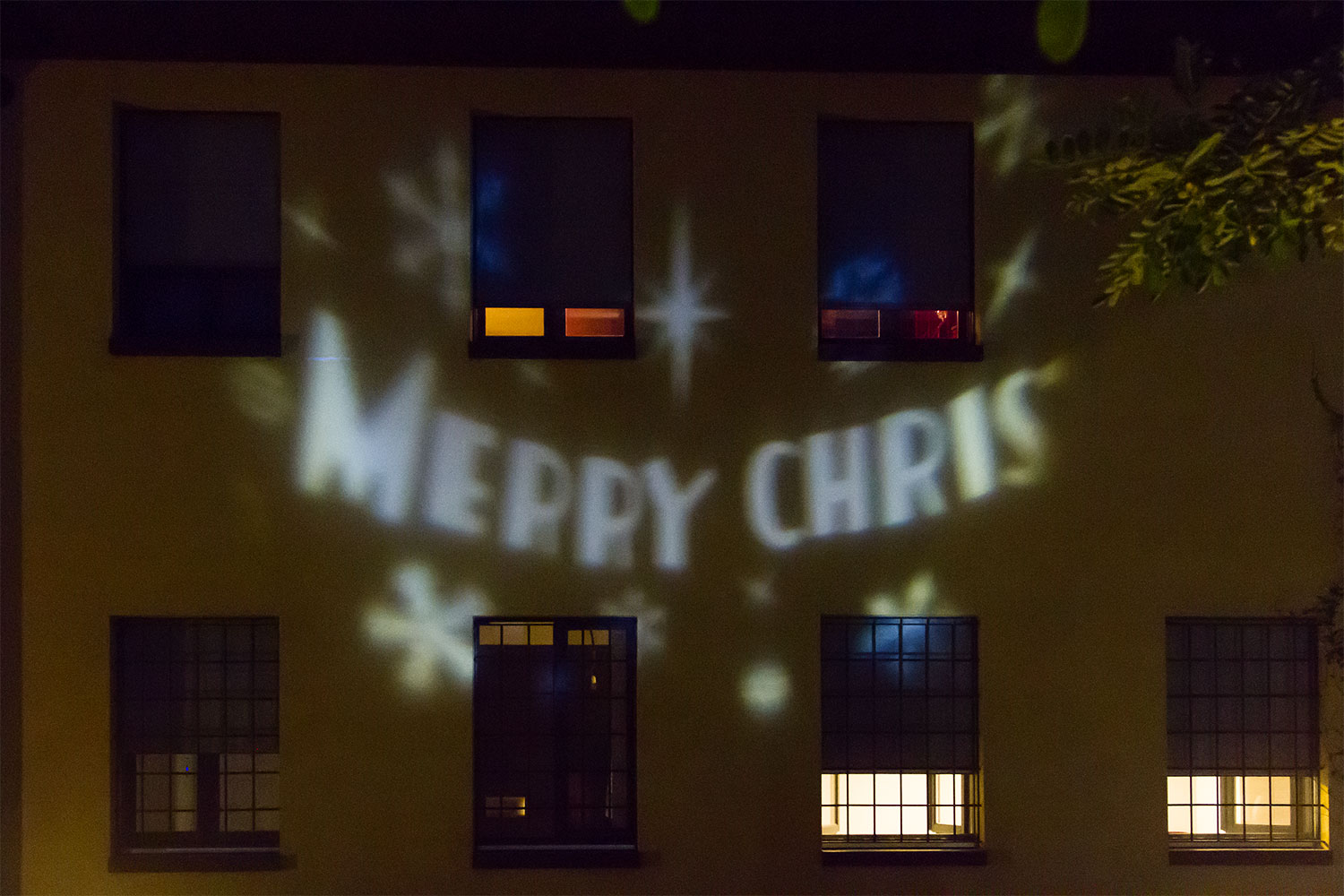
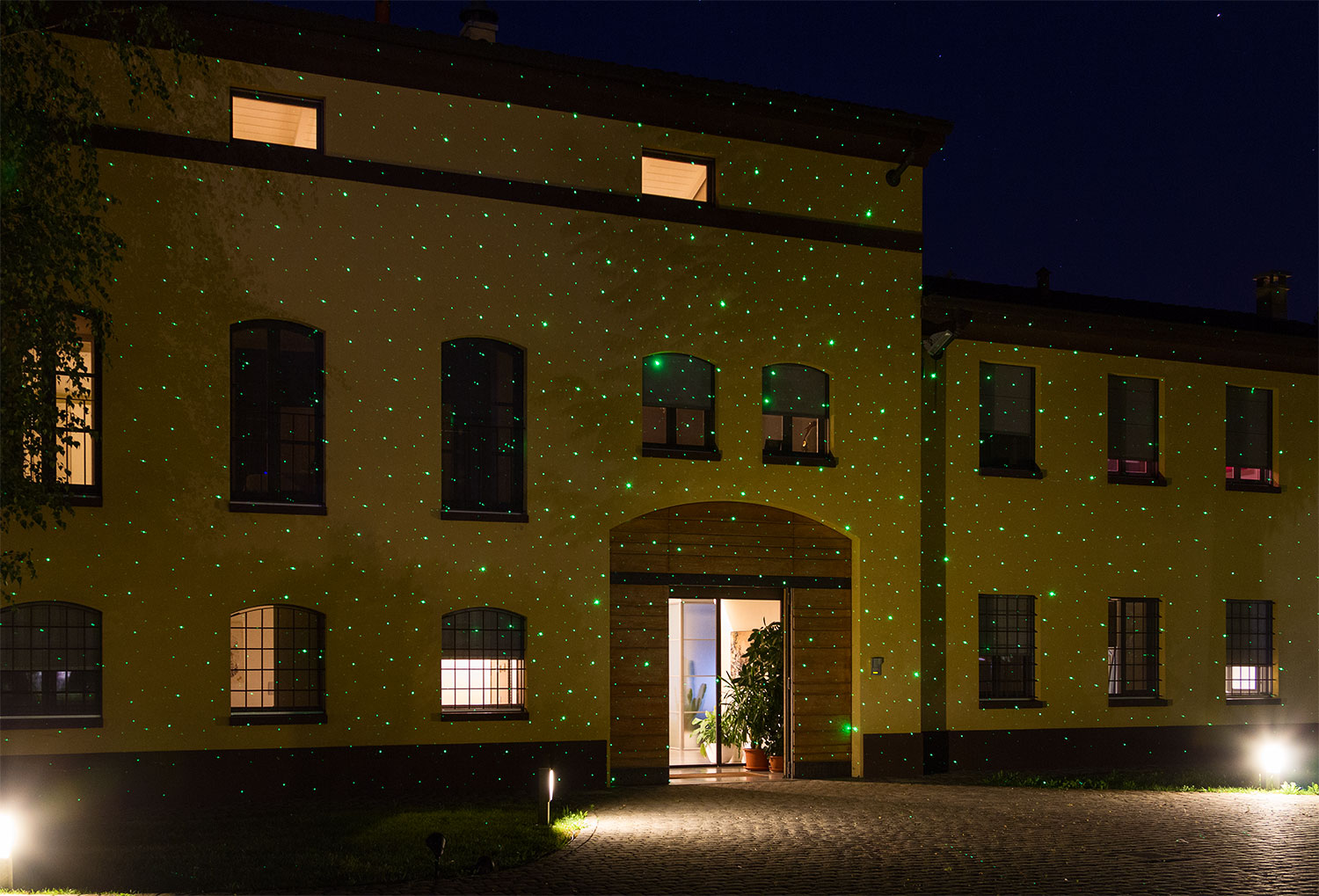
We therefore advise against the use of projector in city streets, in or outside shops, for shop window decoration as well as in public places. These are places where you cannot normally control the lighting and on which projectors do not produce a satisfactory effect.
In these cases, we suggest you consider purchasing professional projectors, available from specialised dealers, which offer very high light powers. Our projectors are intended for domestic use and are designed for special events or Christmas celebrations.
2. The secret is the right size: not too close, not too far away
Another difficulty is figuring out at what distance and where to position your outdoor projector.
As you can imagine, there is no one-size-fits-all answer, but don't worry: give it a try and you will soon find the ideal solution for your space.
In general, it is not recommended to place a projector on a windowsill or too close to a wall as the image would not have sufficient space to take shape.
Similarly, if you place it too far away you risk having a very large image that covers a large area but is not very clear.
For best performance, place the projector perpendicular to the surface to be illuminated. If you place it at an angle to the wall, consider that the image may appear distorted to the eye. Furthermore, the perception will be different depending on the perspective from which you look at it.
Sometimes it is necessary to use several projectors to cover a large area well, especially to give uniformity to the lighting effects.
3. What to illuminate with a projector? Better LED or laser?
Generally speaking, we cannot decorate glass or light up the sky with a spotlight. We also obtain an unpleasant effect if we place it in the direction of bare plants without foliage.
The spotlight is ideal for decorating solid surfaces, pools and plants, bushes and hedges. The effect on the latter is satisfactory if the foliage is thick and rich, so that the decorative lights bring out shapes, volumes and colours.
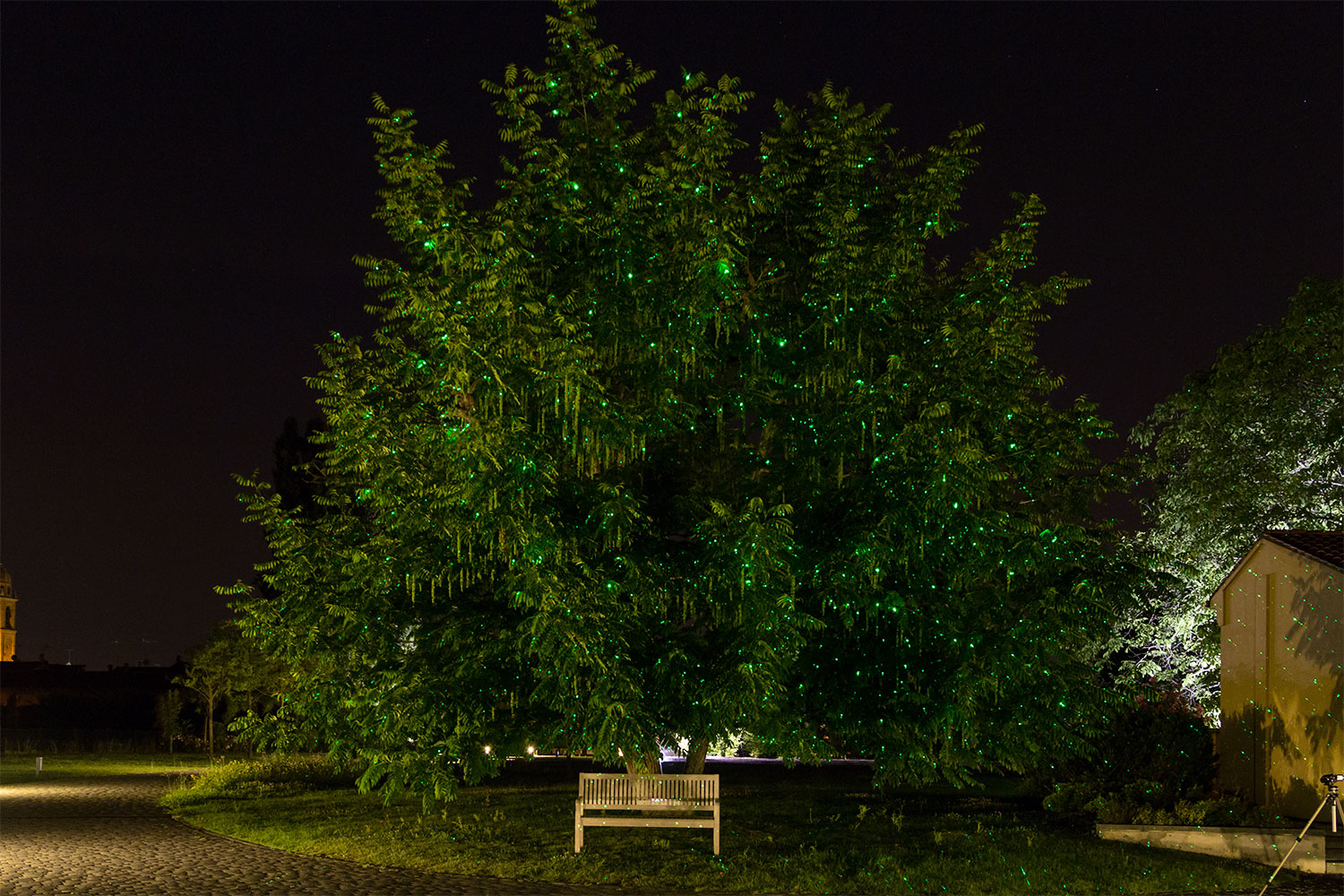

Depending on the surface to be illuminated, choose the most suitable projector for your intended use: LED projectors are well suited to decorating walls; lasers, which are more powerful, are effective on walls, swimming pools and plants.
4. Proper use for a longer service life
Our projectors are safe and certified but, let us remind you, they are not designed for professional use. They are designed for those who wish to decorate and beautify their homes for an event or Christmas celebrations.
We therefore recommend that you do not keep the projector switched on all day long, so that it does not overheat and remains in good condition for a long time.
If you are annoyed by the idea of having to switch it off and on manually opt for projectors equipped with a twilight sensor, thanks to which it switches on automatically when darkness falls and switches off when the sun rises.
Alternatively, you can purchase a timer to regulate the duration of the switch-on.
5. Not all colours are the same
Many people choose the colour of light according to their aesthetic preferences without considering that each colour has a different output depending on the area they wish to illuminate.
Green is the ideal colour to illuminate a plant, to give it volume and intensity; together with blue it is one of the brightest colours, even at a greater distance.
Red and shades of white stand out best on smooth walls and when the projector is close to the wall. The further away, the worse the projection quality, especially if the projector is LED.
